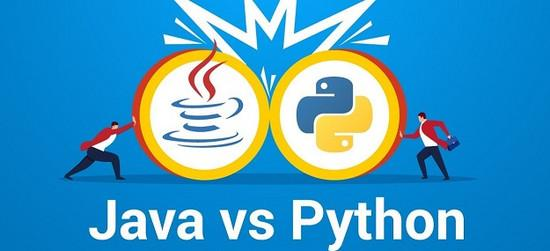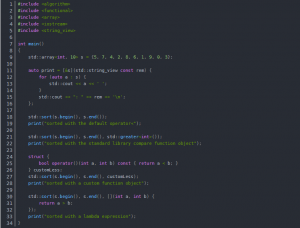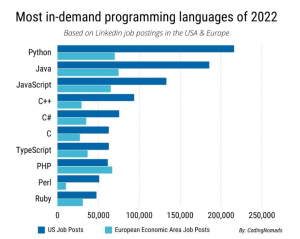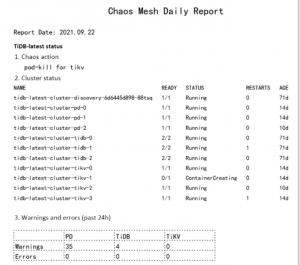
The Java and Python debate is like comparing apples and oranges. You’re looking at two different programming languages that enjoy very different user profiles and fan followings. Because both are so popular, it is necessary to understand how they are similar, where they differ, and how they can work for or against you in many ways. If you fully understand the nuances that construct these details, you can determine the ideal user scenarios for Java and Python. Popular Programming Languages .Both are powerful languages with robust libraries that have enough ammunition to arm creative developers. You will find that these libraries provide the backbone for many of the large applications we use on a regular basis.
Python follows the bytecode interpretation path and is free to execute without compiling first. The answer to the question of which is faster – compiled code or interpreted code – is simple; it depends on where the language is used. When you use a graphics processor (GPU), Python runs smoothly in massively parallel mode. This is true for machine learning applications.Of course, the two languages have different syntaxes, and Java chooses curly braces to define blocks of code. In Python, you follow line indentation to divide blocks of code, which somehow improves the structure and readability of the code. As developers increasingly turn to IntegratedDevelopmentEnvironment (IDE) software applications, these issues become irrelevant.Java’s static typing does have its advantages, but a growing number of developers insist that Python’s dynamic typing is faster and increases productivity. In the final analysis, developers’ language learning curves, skills, and experience are incorporated into a particular perspective.
Java vs. Python: What the Future Means
Despite Java’s popularity among die-hard supporters, Python has surged ahead. The reasons are not hard to find; its flexibility as a language, powerful libraries, a growing community, excellent support, and the fact that Python is easier for beginners. python scores high on process-intensive. Machine Learning Environment Artificial Intelligence .While security flaws in Java applications cause many problems, the real issue is the Java browser plugin. This is not to say that Python’s security record is flawless, but there is a strong, supportive community and Python’s user-friendliness makes it even better for itself.
Developers are steadily working on Java to make it more compact, faster, and more flexible. Java’s acceptability remains high: 90% of Fortune companies write code in Java, and most of the large applications we know of are built on Java. In addition, Java’s cross-compatibility across platforms remains valuable. This makes it difficult to ignore Java, and no one is even trying.
Java and Python: learning curve
It goes without saying that understanding C, C+ or JavaScript can make it easier to write code using Java. But for the novice, Python is unbeatable because the learning curve is shorter and the robust structure allows for faster coding. This unique feature explains why Python is widely adopted by the scientific and academic communities to create applications.Java’s strength lies in its simple syntax. This makes it easier for developers and machines to modify applications. java is well suited for large and heavy applications. But what would you do if developing applications wasn’t the only agenda? What happens if people with different skills need a shorter learning curve?Python excels at literate programming methods, where the documentation describing the program is also used as the source code for the program itself.This makes Python very useful in the areas of research, teaching, and presentation. You can use Python because it supports programming through IDEs such as LEO and Jupiter’s Notebook.
Java vs Python: performance graph
Language speed comparisons are subjective, as the environment in which the language is used may be different. This is also true if the libraries you access and the coding style you choose vary with the environment.
Another metric that affects speed comparisons is the version of the language you are using. When you move to Java, you will notice that most legacy applications that sit on the Java platform are two to three versions behind the latest Java version. When it comes to Python, programmers still use Python 2.x and Python 3.x, and when it comes to optimizing specific libraries, they prefer the other.So when it comes to language performance, the way the language works in this area should be important to you, forget about the dynamics of the structure.
Java vs. Python: The Popular Stake
Ranking languages by popularity is a subjective exercise, as developers have strong opinions about the tools they use. But most reviews put Python at the top of the 2018 heap. python opens up *** writing code for a new generation of programmers .
Its clean syntax and user-friendly features appeal to those who don’t know how to code. the Python community grew as well, ending up with a robust membership base of 860000 hosting regular PyCon events. Finally, if you’re not pressed for time and want to improve python quickly, the most important thing is to not be afraid of hard work.For developers, clear and simple code into easy-to-understand machines and faster applications is the holy grail of coding work. If artificial intelligence applications are used as an example, Python will be an automatic choice because it is perceived to be leaner, meaner, and faster.As IT experts point to flexibility as another factor influencing the popularity of the language. Java’s object-oriented approach can seem too cumbersome for beginners, requiring too much effort to get smaller results. python allows the flexibility to use different models appropriate for each subtask in an application. This is more attractive than being tied to a single model that slows down the entire project, just as it does in Java.
Using Java and Python to stay ahead in the coding space
While our review supports the flexibility and ease of use of Python, we would never recommend ignoring Java. Java remains an excellent language for server-side coding. It is important to understand that both languages are tools, and developers use the right tool for each task. Toolkits that package both languages are most effective in addressing the growing needs of new applications. That said, we can also add that Python is conquering the universe as the number of applications requiring Python continues to expand, and the areas with the highest potential are artificial intelligence and machine learning efforts.



